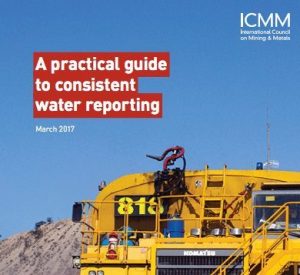Primary Functions
- Learn about the fiscal exposure faced by the U.S. federal government to climate change risks.
Detailed Description
Since 2005, federal funding for disaster assistance is at least $450 billion, including approximately $19.1 billion in supplemental appropriations signed into law on June 6, 2019. In 2018 alone, there were 14 separate billion-dollar weather and climate disaster events across the United States, with a total cost of at least $91 billion, according to the National Oceanic and Atmospheric Administration. The U.S. Global Change Research Program projects that disaster costs will likely increase as certain extreme weather events become more frequent and intense due to climate change.
The costs of recent weather disasters have illustrated the need for planning for climate change risks and investing in resilience. Resilience is the ability to prepare and plan for, absorb, recover from, and more successfully adapt to adverse events, according to the National Academies of Science, Engineering, and Medicine. Investing in resilience can reduce the need for far more costly steps in the decades to come.
Since February 2013, GAO has included Limiting the Federal Government’s Fiscal Exposure by Better Managing Climate Change Risks on its list of federal program areas at high risk of vulnerabilities to fraud, waste, abuse, and mismanagement or most in need of transformation. GAO updates this list every 2 years. In March 2019, GAO reported that the federal government had not made measurable progress since 2017 to reduce fiscal exposure to climate change.
This testimony—based on reports GAO issued from October 2009 to March 2019—discusses (1) what is known about the potential economic effects of climate change in the United States and the extent to which this information could help federal decision makers manage climate risks across the federal government, (2) the potential impacts of climate change on the federal budget, (3) the extent to which the federal government has invested in resilience, and (4) how the federal government could reduce fiscal exposure to the effects of climate change.





